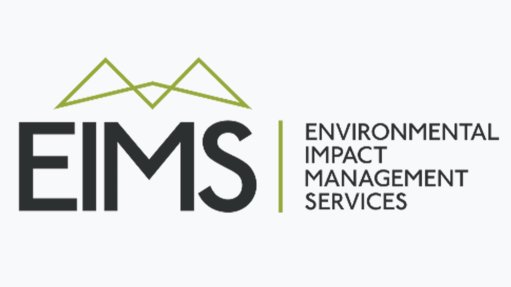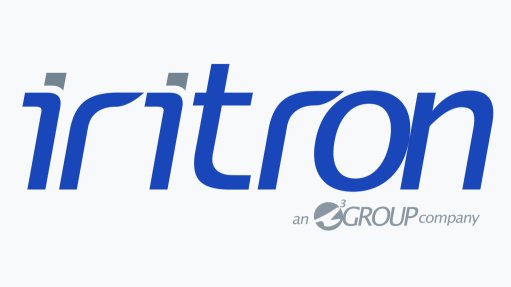Atlas project to be finalised
Local wind energy collaboration the South African Wind Energy Programme (SAWEP) is in the final stages of completing the Wind Atlas for South Africa (WASA) Phase 3 project this year, says SAWEP project manager Andre Otto.
SAWEP is a multiyear technical assistance project, funded by the Global Environment Facility to support government in promoting the large-scale commercialisation of wind energy.
The programme has been formed in close collaboration with the Department of Mineral Resources and Energy. SAWEP is also supported by the United Nations Development Programme’s local office.
SAWEP intends to report on the successes of the WASA project, which began in 2008, with P hase 3 completed at the beginning of this year.
SAWEP initiated the WASA project to develop, verify and employ numerical wind atlas methods, and to develop capacity to allow for the large-scale exploitation of wind energy in South Africa.
The wind atlas methods include a dedicated wind resource assessment and siting tools for planning purposes that can be used for feasibility studies in support of energy projects.
Otto states that the first phase of WASA (WASA 1) began in 2008 and was completed in 2014. WASA 1 focused on taking wind measurements in the Western Cape, and parts of the Eastern Cape and Northern Cape.
WASA 2 was implemented from 2014 until 2018, and covered KwaZulu-Natal, the Free State and the remaining areas in the Eastern Cape.
WASA 3 began in 2018 and was completed at the beginning of this year, during which wind measurements were taken in the remaining areas of the Northern Cape and the rest of South Africa.
Otto points out that the project has focused on two core elements: modelling of local wind resources and validating this modelling using wind measurement masts.
“In WASA 1, we had nine measurement masts. By 2016, we had five more masts in the Eastern Cape, KwaZulu-Natal and the Free State, and then, for WASA 3, we bought in four masts in the Northern Cape. For the past three years, we’ve had 18 wind measurement masts measuring up to 75% of South Africa’s land area.”
He also emphasises that these measurement masts have been operating for a number of years, which has, consequently, contributed to validating modelling data acquired over an extended period.
“While we don’t have wind measurement masts in some places, such as Mpumalanga and Limpopo, the wind measurement masts we do have cover such a vast area that it’s possible for us to estimate the wind resource in other provinces as well. We can provide a wind resource map for the whole of South Africa, where we have modelling correlation with wind measurements on the ground.”
The project partnered with the Technical University of Denmark’s Wind Energy Department which provided vital tools for wind assessment.
WASA also partnered with the Council for Scientific and Industrial Research, the South African Weather Service, and the University of Cape Town’s Climate System Analysis Group to form the WASA consortium. The South African National Energy Development Institute is the implementing agent for the WASA project.
“We’ve selected these members to be a part of the consortium, as we would like to empower our organs of State so that they can provide these wind energy-related services for the local public.”
Otto enthuses that the project provides an updated and factually validated wind resource map that would be beneficial to local wind energy-related entities.
It can assist particularly wind energy project developers in finding ideal locations to build and commission wind energy projects more quickly and efficiently.
Otto adds that WASA can also assist climate researchers, as they can compare their wind measurements with those that have been taken during the project. This information will be published on the WASA website for parties to access after registering.
Otto stresses “the profound impact” that the project has had on research conducted on wind energy in South Africa, as WASA was acknowledged as a significant contributor in the publication of the Integrated Resources Plan 2019.
He adds that this wind atlas resource provides a “basis for the quantification of the potential that wind holds for power generation in South Africa”.
Article Enquiry
Email Article
Save Article
Feedback
To advertise email advertising@creamermedia.co.za or click here
Comments
Announcements
What's On
Subscribe to improve your user experience...
Option 1 (equivalent of R125 a month):
Receive a weekly copy of Creamer Media's Engineering News & Mining Weekly magazine
(print copy for those in South Africa and e-magazine for those outside of South Africa)
Receive daily email newsletters
Access to full search results
Access archive of magazine back copies
Access to Projects in Progress
Access to ONE Research Report of your choice in PDF format
Option 2 (equivalent of R375 a month):
All benefits from Option 1
PLUS
Access to Creamer Media's Research Channel Africa for ALL Research Reports, in PDF format, on various industrial and mining sectors
including Electricity; Water; Energy Transition; Hydrogen; Roads, Rail and Ports; Coal; Gold; Platinum; Battery Metals; etc.
Already a subscriber?
Forgotten your password?
Receive weekly copy of Creamer Media's Engineering News & Mining Weekly magazine (print copy for those in South Africa and e-magazine for those outside of South Africa)
➕
Recieve daily email newsletters
➕
Access to full search results
➕
Access archive of magazine back copies
➕
Access to Projects in Progress
➕
Access to ONE Research Report of your choice in PDF format
RESEARCH CHANNEL AFRICA
R4500 (equivalent of R375 a month)
SUBSCRIBEAll benefits from Option 1
➕
Access to Creamer Media's Research Channel Africa for ALL Research Reports on various industrial and mining sectors, in PDF format, including on:
Electricity
➕
Water
➕
Energy Transition
➕
Hydrogen
➕
Roads, Rail and Ports
➕
Coal
➕
Gold
➕
Platinum
➕
Battery Metals
➕
etc.
Receive all benefits from Option 1 or Option 2 delivered to numerous people at your company
➕
Multiple User names and Passwords for simultaneous log-ins
➕
Intranet integration access to all in your organisation














